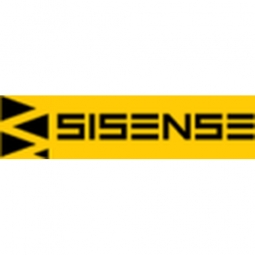Sisense
Case Studies
Jack Doheny Companies’ Data-Driven Culture Saves Millions Of Dollars
Overview
 |
Jack Doheny Companies’ Data-Driven Culture Saves Millions Of DollarsSisense |
Application Infrastructure & Middleware - Data Visualization Analytics & Modeling - Predictive Analytics | |
Transportation Utilities | |
Business Operation Quality Assurance | |
Fleet Management Predictive Maintenance Process Control & Optimization | |
System Integration Data Science Services | |
Operational Impact
| Data-driven decision making has become a core part of JDC's operations, leading to more informed strategic decisions. | |
| The company has achieved significant time management improvements, particularly in measuring the direct/indirect time ratio of general managers. | |
| Sisense has enabled JDC to consolidate data from various sources into easily digestible visualizations, replacing lengthy reports. | |
Quantitative Benefit
| The planned expenditure on equipment was reduced from $250 million to $130 million after visualizing data in BI dashboards. | |
| The direct/indirect time ratio at the largest JDC facility was increased by 67%. | |


